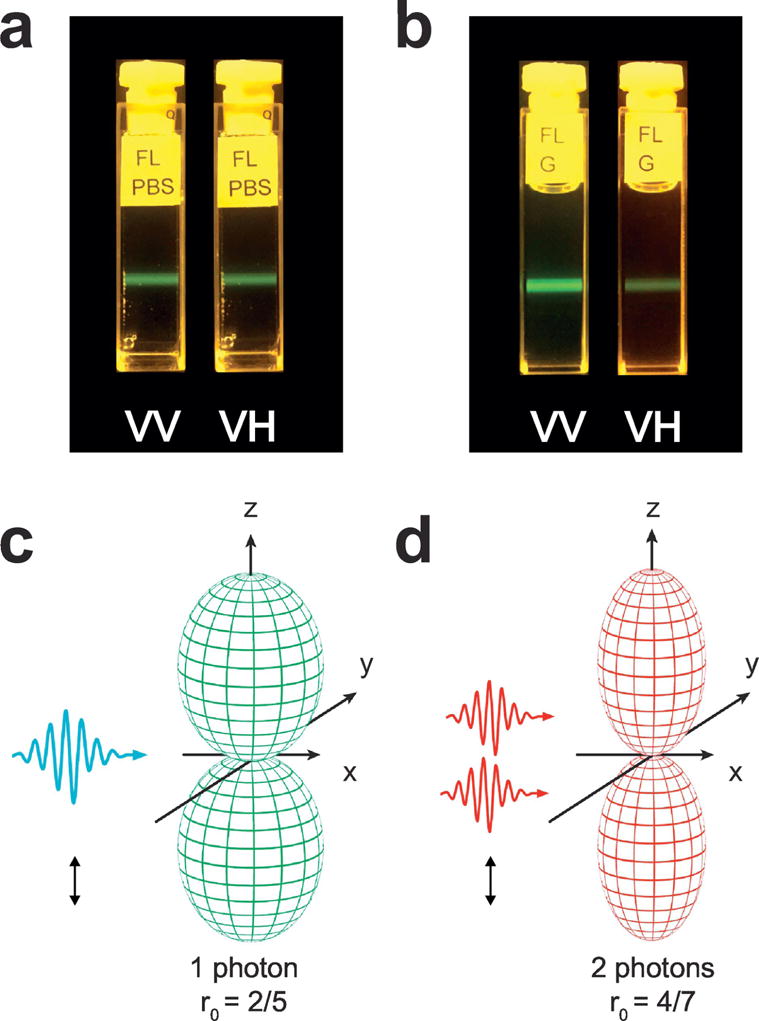Figure 2. One-photon and Two-photon fluorescence anisotropy.

Images of fluorescence anisotropy for fluorescein. (a) In PBS, the rotational diffusion of the excited molecules is occurring on a time scale shorter than the fluorescence lifetime, and tends to scramble the orientation of the emission dipoles. No preferential emission direction is present. (b) In glycerol, the molecular rotation is occurring on a time scale slower than the fluorescence lifetime. A strong degree of fluorescence emission anisotropy is present. (c,d) Photoselection function for one- (a) and two-photon (b) excitation. The one-photon fundamental anisotropy is equal to 2/5. The two-photon fundamental anisotropy is higher and equal to 4/7, due to two-photon photoselection. Adapted with permission from [255], Nature Publishing Group
